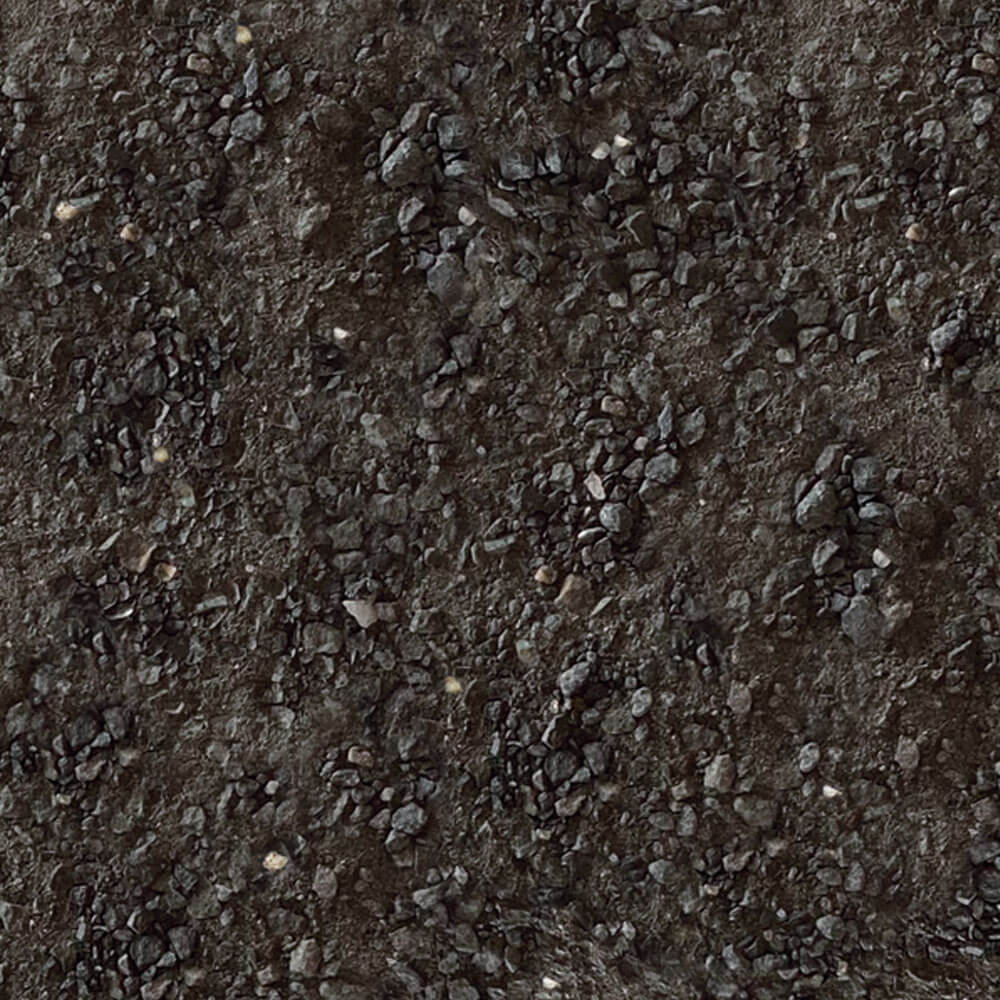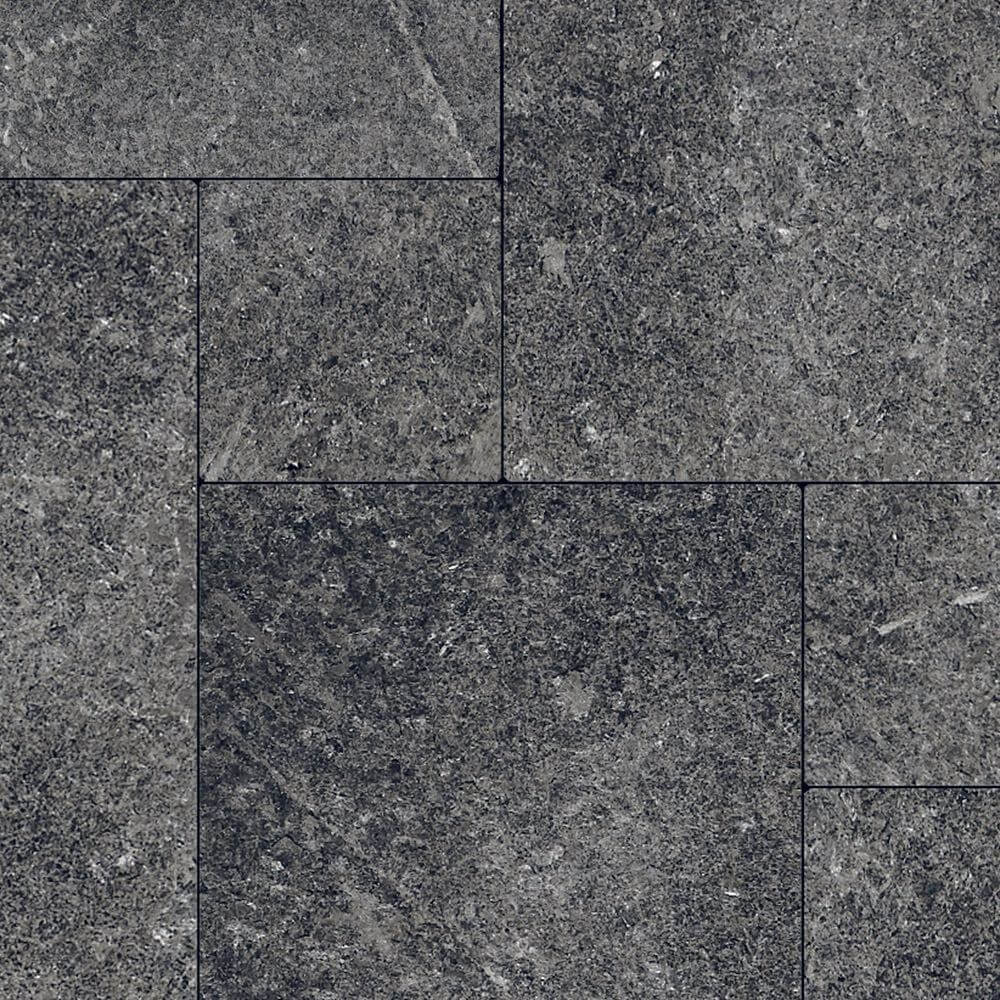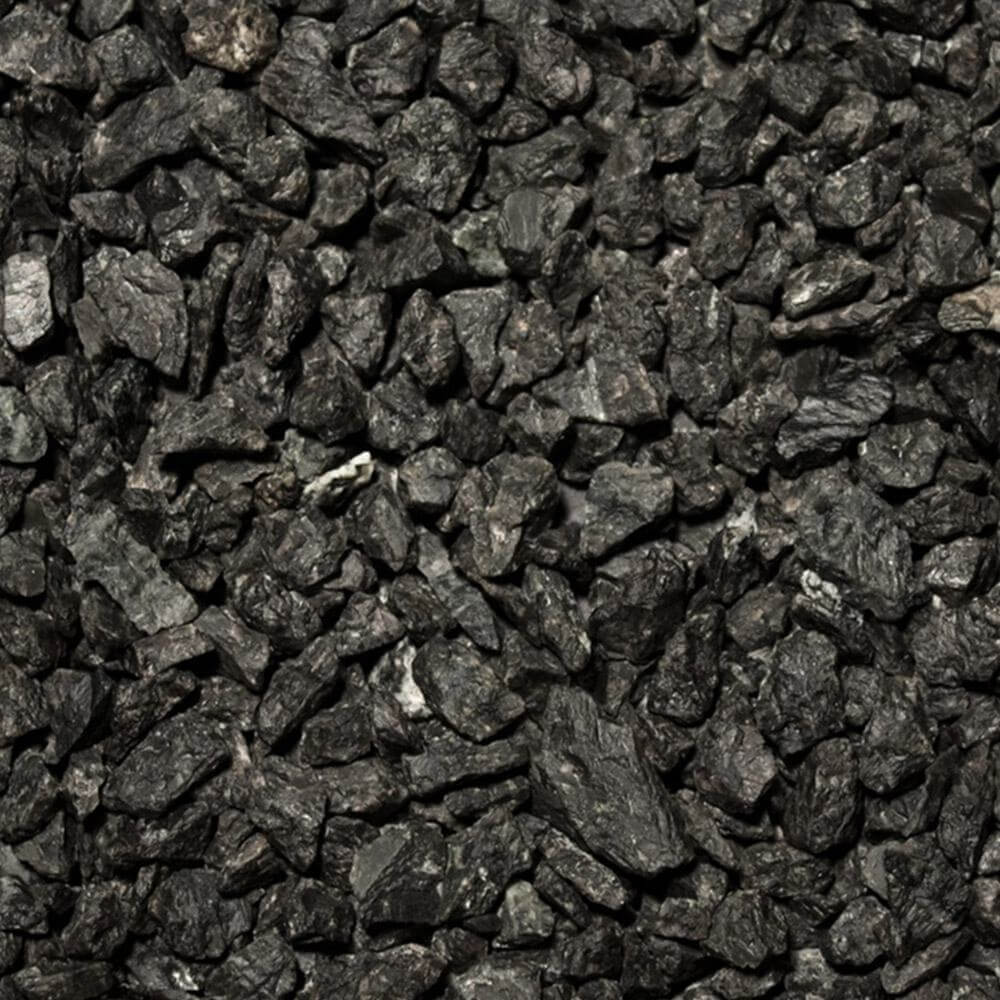No two pieces of natural stone look alike—even if you’re comparing two pieces of granite extracted from the same quarry. This variation of color, pattern, and texture is part of what makes natural stone so unique and so highly prized as a building and landscaping material. If you’re on the lookout, you’ll notice it in a variety of projects, from chimney facades to public pathways. Currently, thin stone veneer is a particularly popular natural stone product for both commercial and residential projects.
But how, exactly, does natural stone get those striking colors, and why can’t you find the color you’re looking for in your area? Geology holds the answer to these and further questions.
What Causes Color Variations in Natural Stone?
When it comes to color variations in natural stone, it’s all about minerals. Take Wisconsin, for example. Kafka Granite’s home state has glacially deposited minerals to thank for the wide range of colors we see in our local stone quarries.
Minerals and other organic components that were present when rocks were being formed resulted in the rainbow of different colors that we see today. The exact arrangement and abundance of said components are what create the beautiful graining, textures, and varied hues that natural stone is so well known for.
Those various minerals and organic compounds all have different properties and chemical makeups, meaning that they all affect natural stone in different ways. Iron oxide, for example, creates a vivid red color, while serpentine can create a green coloration in stones like marble. The abundance of the mineral deposit will also determine how varied the colors are in a particular stone. You might be able to clearly see a mineral deposit in stone extracted from a certain part of a quarry, while other areas contain lesser amounts of the mineral and therefore fewer bursts of color.
Here’s a look at how minerals affect the hues of several common types of natural stone.
Granite
Granite, primarily composed of minerals and rocks like quartz and mica, is found in a wide range of colors across the country. An abundance of potassium feldspar will give a deposit of granite a warm, pink hue, while the presence of quartz will create that classic, milky-white tone. Thanks to its glistening tones, granite is an excellent option for interior and exterior thin stone veneer projects.
Marble
With zero impurities present, marble is largely white and uniform—but you’d be hard pressed to find any significant amount of naturally occurring marble that doesn’t contain color variations. The striking veined patterns that make marble such a popular natural stone are caused by deposits like feldspar and iron oxide.
Quartz
Quartz is a naturally clear stone, so the presence of any impurities will change its appearance. You’ll find this stone in just about every color you can imagine, although some are more common than others. Purple, yellow, and gray are just some of the hues you’ll come across when purchasing quartz stone products.
Why Can’t I Find a Specific Color of Stone in My Area?
If you’re looking for a specific color of natural stone for your project, the good news is that there’s an immense variety of colors out there. The bad news is that you might find your own options somewhat limited, depending on the area from which you’re trying to source materials.
Wisconsin’s unique geology makes it rich in naturally occurring decomposed granite, along with quartz and feldspar. But other areas of the country may lack some types of natural stone entirely, or they may have an overabundance of one color. The solution, then, is to locate a supplier of high-quality natural stone products, one who can source the color that matches your design.
Kafka Granite’s Natural Stone Products
Kafka Granite is proud to offer natural stone products in dozens of dazzling colors. We have so many hues on hand because our immediate area is rich in the mineral deposits that create them. As we mentioned, our state of Wisconsin is known for its naturally occurring decomposed granite in fiery reds and golds—but that’s not all we have to offer. We’ve spent over 40 years scouring the country for different colors of natural stone.
Today, we source our natural stone products from quarries across North America. This allows us to offer a color and product selection that you simply won’t find anywhere else. So if you’re wondering why you can’t find pink granite or anything other than gray limestone when sourcing materials for your next project, now you know: your area likely doesn’t have any deposits of the type or color of natural stone you’re on the hunt for. But if you have your heart set on a specific color for your installation, we’d be happy to help.
Looking for the Perfect Color of Natural Stone for Your Next Project?
If you’re having a hard time finding the right natural stone for your project, don’t settle. Instead, contact Kafka Granite today. Architects, designers, stonemasons, and more come to us for our extensive selection of specialty aggregates, thin stone veneer, and other natural stone products. If you’re not quite sure what you’re looking for, our knowledgeable sales team is here to help. We look forward to helping you incorporate the beauty of natural stone into your next project.



